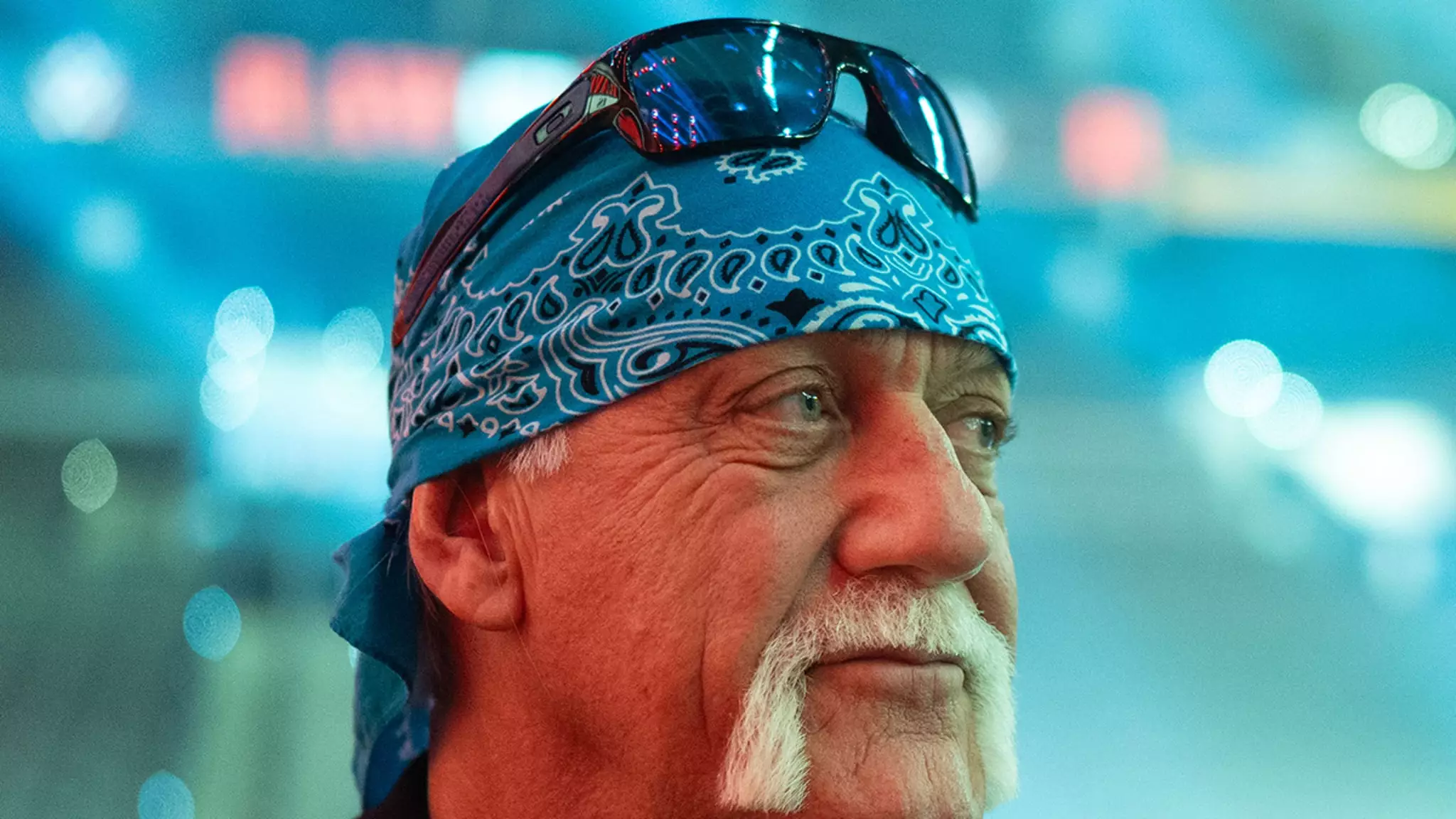The sudden passing of Hulk Hogan, a legendary figure in professional wrestling, has sent shockwaves through fans and the broader sports community. Yet, beyond the emotional toll lies a complex and unsettling narrative that demands critical scrutiny. The Clearwater Police Department’s ongoing investigation underscores the importance of transparency in uncovering the precise circumstances of Hogan’s death. Law enforcement’s meticulous approach—interviewing witnesses, reviewing medical records, and considering statements from medical professionals—reflects a recognition of the case’s gravity. However, the ambiguity surrounding key facts highlights deficiencies in the current narrative, emphasizing the necessity of a thorough independent autopsy to establish accountability.
The family’s involvement adds a profound layer to this investigation. Hogan’s widow, Sky, confirms that his body remains uncremated, signaling a desire for clarity before final arrangements. Her accounts point to a possible surgical complication — a severed phrenic nerve that may have compromised Hogan’s ability to breathe. Such a claim, if substantiated, raises serious questions about medical responsibility. Public trust hinges on authorities’ ability to swiftly and transparently disclose their findings, especially when medical malpractice might be implicated. At this juncture, the community’s demand for full disclosure becomes not just a plea for justice but a moral imperative to prevent future tragedies.
The Medical Enigma: Nerve Damage and Potential Malpractice
The critical detail that the phrenic nerve was compromised during recent surgery cannot be dismissed lightly. This nerve plays a vital role in respiration, energizing the diaphragm—the primary muscle responsible for breathing. Damage to it can lead to catastrophic respiratory failure if not properly managed or anticipated. Hogan’s family, and now law enforcement sources, suggest that this nerve severance could have been the direct cause of his death.
What makes this case particularly disturbing is the timing and context. The surgery, possibly related to his heart or neck, appears to have resulted in a preventable complication. The presence of an occupational therapist at the scene further suggests that Hogan’s breathing difficulties were unexpected, complicating the immediate response. The therapist’s assertion that malpractice may have occurred points toward systemic issues—whether neglect, oversight, or gross negligence—that require urgent investigation. If true, this could serve as a stark warning to the medical community about the risks associated with procedures on high-profile patients and underscores the importance of rigorous standards and accountability.
The broader implication here is that Hogan’s death may be less a tragic accident and more a preventable consequence of medical failure. The public’s trust in healthcare hinges on transparency, and withholding autopsy reports or detailed findings only deepens suspicions of deception. The family’s call for an independent autopsy underscores their desire to discover the truth—one that might exonerate or hold accountable those responsible for Hogan’s demise.
The Need for Justice and Transparency in a Public Figure’s Demise
The role of law enforcement in this situation is critical. The officers’ discussions, reportedly documented via body cam, indicate they are aware of the gravity of the allegations presented by the occupational therapist. Their acknowledgment of such statements suggests that the case could transition from a medical mishap to a matter of potential criminal negligence if evidence supports the claim of malpractice.
This case reveals a larger issue concerning the intersection of celebrity status, healthcare, and legal accountability. When a well-known personality suffers a suspected medical error leading to death, the public’s expectation for openness intensifies. It is not enough for authorities to merely conduct cursory investigations; they must undertake comprehensive reviews, including releasing autopsy findings, medical records, and any relevant statements.
Furthermore, the family’s opposition to cremation before a full investigation signifies a refusal to accept a closed case. Their insistence on an autopsy reflects a desire for definitive answers—answers that could render justice for Hogan and set precedents for future medical accountability. Their emotional distress should not be dismissed in favor of procedural delays. Instead, it should catalyze a more vigorous pursuit of transparency and justice.
In this critical moment, society must reflect on the broader implications of medical oversight and the importance of safeguarding public figures from medical negligence. Hogan’s death, tragic as it is, could serve as a turning point—prompting reforms in medical protocols, fostering accountability, and reinforcing the core principle that everyone deserves full transparency in the face of tragedy.

